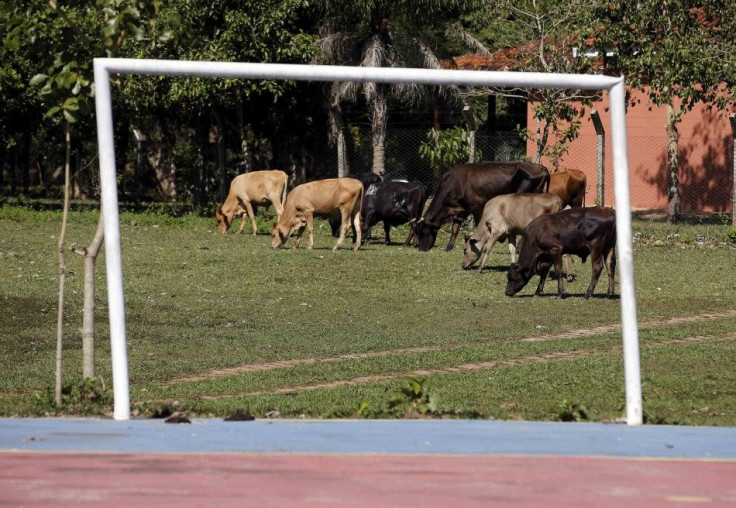Australian Dairy, Beef Farmers Advised to Brace for 2014 El Niño Impacts

With the chance of the 2014 El Niño weather phenomenon still going, dairy and beef farmers in Australia have been advised to brace for potential impacts on the industry.
Dairy farmers in Victoria have been urged to seize the winter season and start planning and coordinating a feed strategy.
"Each individual pocket of the state can have very different conditions so really, the message that we're putting out, particularly to those naysayers is, it's just good business planning to have a think about these things and say 'if this does eventuate, what does it mean for my farm, what does it mean for the business?'," Julie Iommi, Issues Manager at Dairy Australia, told ABC News.
The Australian Bureau of Agricultural and Resource Economics and Sciences (ABARES), in the meantime, expects more beef farmers to offload and slaughter their cattle for the next six months.
Australia's Bureau of Meteorology, although has said that the El Niño weather phenomenon seemed to have lagged behind to impact Australia in September and no longer in July, continued to maintain the world will indeed encounter the boy child weather event in 2014.
Read: El Niño Lagging Behind, Could Come in September - Australia
This year's El Niño will likely give a hotter and drier weather in the first half of 2014-15, further pressuring beef prices.
''Usually it will be very dry, if it eventuates, from now on,'' ABARES chief commodity analyst Jammie Penm said.
As for dairy, Iommi said northern Victoria and the state's south-west are most at risk to the 2014 El Niño weather phenomenon.
"Northern New South Wales and Queensland and the whole grainbelt has been very dry and may continue to be very dry."
"If you need for your feed budgeting, for your feed system, you need to bring in some supplementary grain, then you may find that the prices have gone through the roof so that's again why it's perhaps worth making a few contingencies now just in case," Iommi said.





















